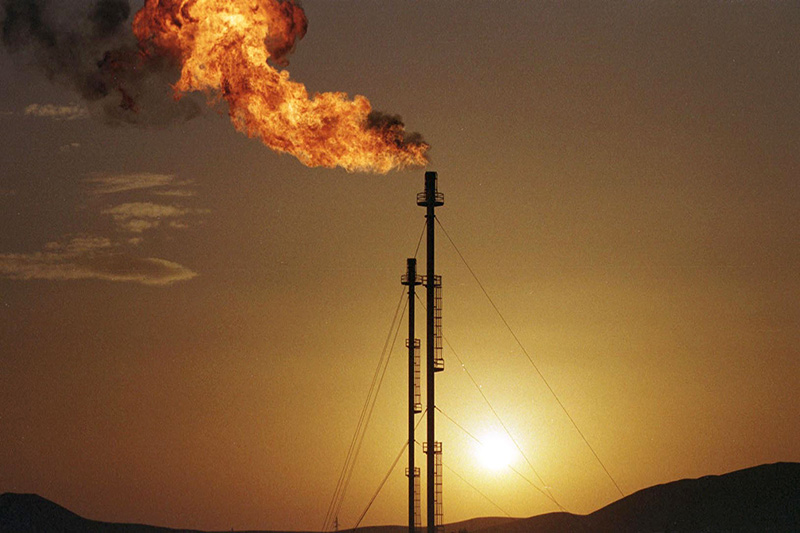Investing.com -- Carbon emissions in the U.S. last year declined to their lowest level in a quarter of a century, as a result of mild weather and new turbine technology, according to a new report by the U.S. Department of Energy.
Carbon emissions for the first six months of 2016 hit an all-time low — as emissions were 2,530 million metric tons, the lowest for the first half of a year since 1991.
An analysis by the Energy Information Administration (EIA) attributed the drop to mild weather and the shift from coal to cleaner-burning natural gas and renewable energy in U.S. power production.
Warmer winter weather during the first six months of this year kept demand for heating fuels, like heating oil and natural gas, much lower.
Overall, the winter of 2016 had the fewest heating degree days since 1949. These heating degree days are the number of days when temperatures drop below 65 degrees Fahrenheit.
Coal consumption dropped during the first six months of 2016.
The use of renewable energy sources, wind, hydroelectric power and solar energy also increased during the first six months of 2016.
Most of the increase in renewable power came from wind energy, but wind is increasingly controversial for the number of birds, including bald eagles, and bats,which are killed when flying into the turbines.
Turbines are propeller-like blades.
Leading makers of turbine technology include, General Electric (NYSE:GE), Sulzon Group, Gamesa, United Power, Ming Yang, Nordex, and others, according toleading market analysts.
